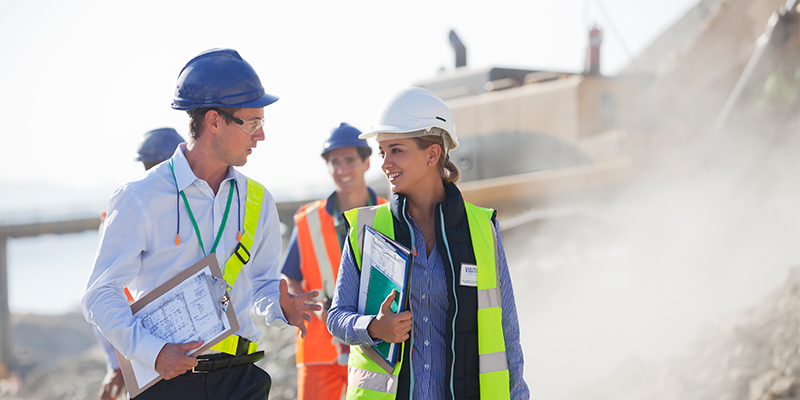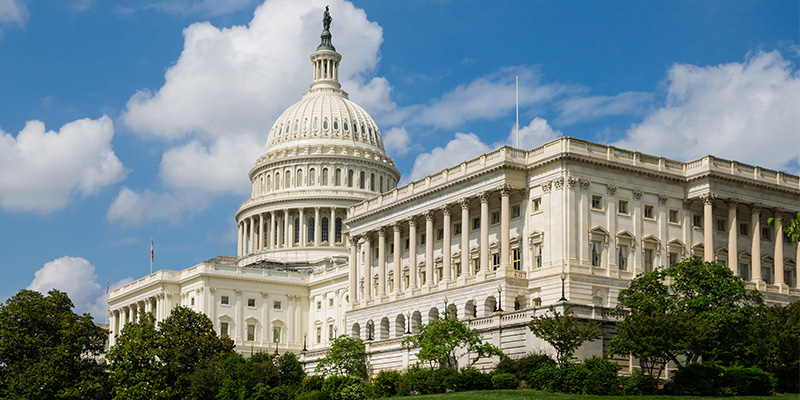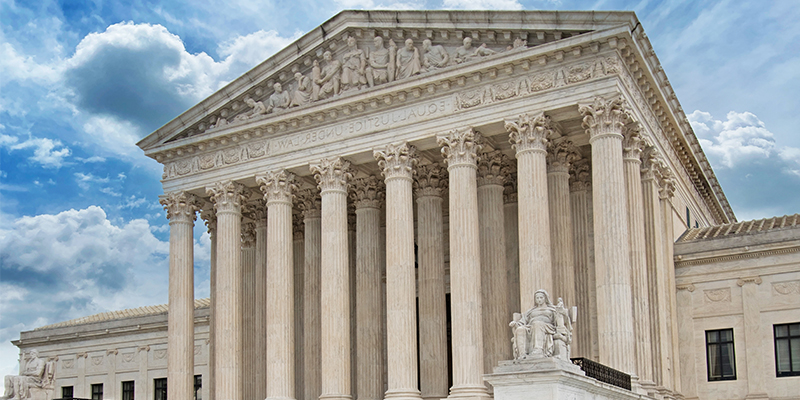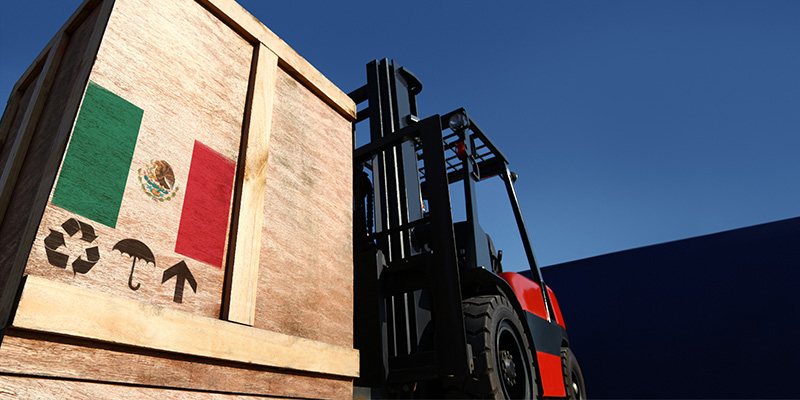Cold storage development often requires a specialized approach, and leasing is no exception. Five development and leasing experts closed out NAIOP’s I.CON Cold Storage in Atlanta with a look into the cold storage leasing market, demand drivers and growth expectations and the market outlook, among others.
Led by David Sours, senior vice president, national food facilities group, CBRE, panelists included Dave Aschenbrand, vice president, cold storage, Bridge Industrial; Christopher Copenhaver, SIOR, senior director, Cushman & Wakefield; Rick Kingery, senior vice president, Colliers International; and Matt Wassel, principal, Saxum Real Estate.
Here are some key takeaways from their conversation:
- Cold storage’s appeal and surging demand is evidenced by plenty of research that has been done in the last three years. These reports have helped justify investment to capital partners who may have been leery of entering the market. Cold storage projects can’t be easily compared against other industrial developments due to the specificity of what’s done inside the walls. It can be difficult to understand this asset class, and it takes time and effort despite all the cold storage development in the last two years. Comps can’t be done solely on land and construction costs, so any data is helpful in informing capital partners.
- Weighing second-generation space versus build-to-suit frequently depends on pricing and timeline for delivery. Spec availability is slim, and a build-to-suit can be even harder to secure. Older assets that can be retrofitted and modernized are appealing and can typically be brought online faster than new buildings. Users need space tomorrow, and often second-generation spaces are the only option given a desired timeline.
- Smaller, more flexible spaces are in demand. In many markets, deals are wanted in the 70,000-100,000-square-foot range. Some of the first spec projects that came online were 300,000 square feet and had to eventually be divided for leasing. Smaller-sized facilities have broader appeal and widen the bandwidth of potential users.
- Indiana, Kentucky and Ohio had the greatest number of manufacturing facilities come into the market in 2021 and 2022, comprising a full third of the full capital spend in those three states. This will drive the need for more cold storage facilities to support those goods.
- Restoration clauses are gaining popularity, particularly in cold storage spaces that owners and investors don’t fully understand and need reassurance of what happens when a tenant leaves. With these clauses, owners can be assured the integrity of spaces and mechanical systems that will be brought back to operational levels.
Cold storage tail winds include successful projects and a flurry of activity that intensified starting in 2000, as well as stabilized development returns. Financing is possible but still extremely tricky. For tail winds, there’s a sharp learning curve and debt market challenges, in addition to the cost to secure good industrial sites.

This post is brought to you by JLL, the social media and conference blog sponsor of NAIOP’s I.CON Cold Storage 2023. Learn more about JLL at www.us.jll.com or www.jll.ca.













